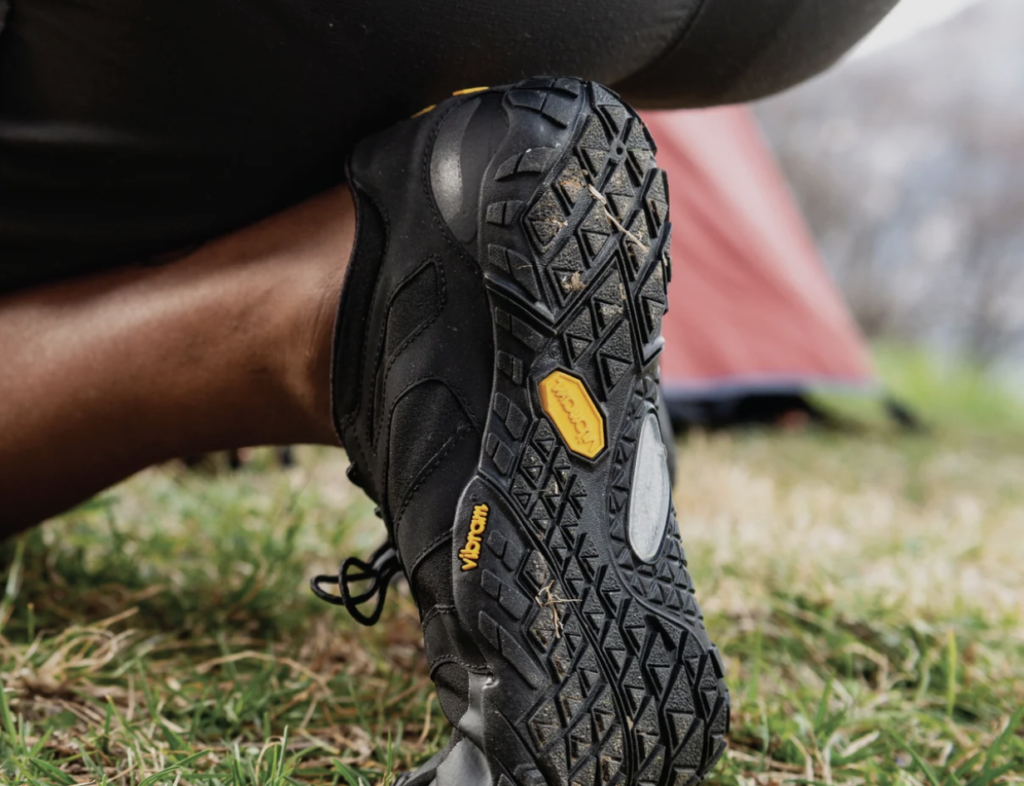Minimalist Footwear
I am a clinician who sees running injuries every day. In recent years I have seen many runners turn to minimalist footwear. This popularity has been driven by many in the health and fitness industry pushing potential benefits related to injury and performance. I acknowledge there is much debate of what constitutes minimalist footwear, with a large variety available to the millions of runners around the world. Generally, a minimalist shoe is one that is constructed without traditional motion control (e.g. dual density soles) and shock absorption properties (e.g. gel or air cushions). However, construction varies greatly, with differing pitches and sole thicknesses depending on brand and model.

Michael Ryan from Griffith University in Australia has produced the first well designed study to evaluate the effects on pain and injury of changing to more minimalist footwear.(3) In the study, around 100 runners were randomised into three possible groups, including (i) neutral (more traditional) shoe prescription, (ii) partial minimalist shoe prescription (Nike Free 3.0), or full minimalist shoe prescription (Vibram Five Finger). All runners were followed over a 12 week period while training for a 10 km race. Each had neutral or mildly pronated foot posture, and had not been injured in the previous six months. The two key findings from this study were:
1. Injury rates of 13, 38 and 20% for the neutral, Nike Free and Vibram groups respectively. Importantly, the Nike Free group had 3 times the risk of injury compared to the neutral group.
2. Greater reported shin and calf pain during running in the Vibram group.
I don’t for one minute believe this research means that minimalist footwear should not be used for running. In fact, I recommend a number of runners make the transition to improve performance and assist in the management of some injuries (e.g. anterior knee pain). However, it does highlight that caution is needed when it comes to minimalist running shoes. Runners need time to adapt to the new footwear condition, and will also benefit from exercises to strengthen the foot and ankle in order to compensate for the reduced support. Before deciding to change, it is important to seek advice and guidance from a podiatrist or specialist running physiotherapist. Don’t just rely on marketing slogans of big corporate companies making claims they can’t substantiate.
References
1. Salzler MJ, Bluman EM, Noonan S, Chiodo CP, de Asla RJ. Injuries observed in minimalist runners. Foot Ankle Int. 2012;33(4):262-6.
2. Giuliani J, Masini B, Alitz C, Owens BD. Barefoot-simulating footwear associated with metatarsal stress injury in 2 runners. Orthopedics. 2011;34(7):e320-3.
3. Ryan M, Elashi M, Newsham-West R, Taunton J. Examining injury risk and pain perception in runners using minimalist footwear. Br J Sports Med. 2013.


